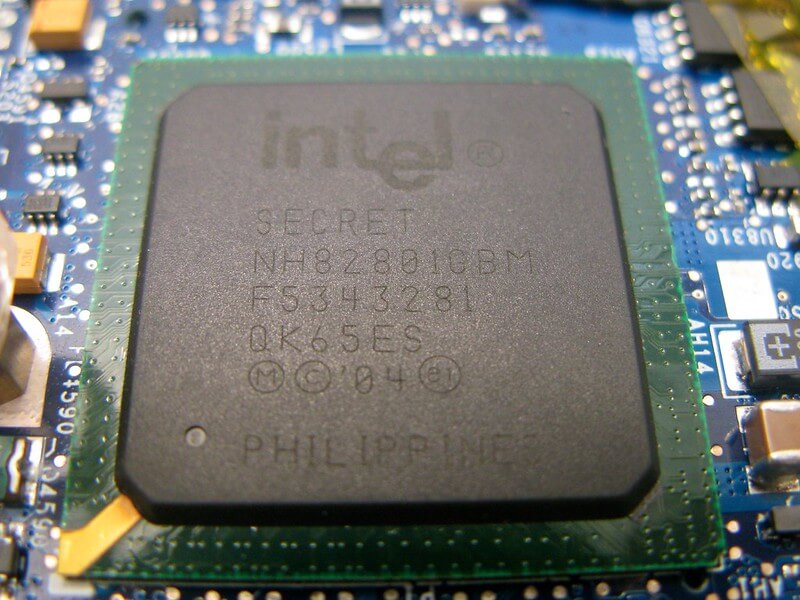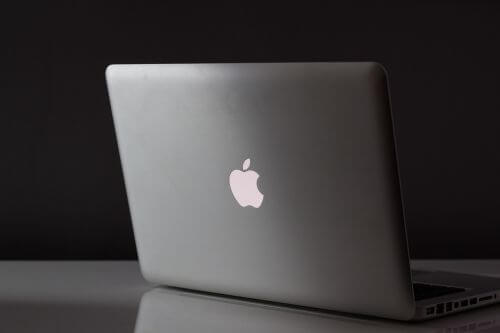Apple is one of the leading brands in the tech world. With its upmarket and posh line up of amazing products, the hefty price tag, and the blazing performance, it is very obvious that the bar of hope is set very high for any upcoming product by the brand.
Yet such tech giants, based their own research, don’t cater to the demands of consumers. Thereby discontinue a certain product in an awkward way. Apple MacBook, launched in 2015 has been a similar case, we shall discuss in detail how this product lost its credibility and finally was discontinued.
Product Overview
In order to get a better idea, we first need to analyze the product and its specs. Since 2008 there have been modifications and iterations in the MacBook, but we are more concerned about the most recent one that was done in early 2015. To start with, the 2015 Apple MacBook offered a 12-inch screen, in a body that was surprisingly slim and sleek. To amaze its consumers, it shattered all the existing benchmarks for thin and lightweight laptops available in the market. With just slightly over 35 mm at its thickest point, the MacBook got us confused as to how Apple could manage to squeeze in the guts of the device with such a sleek form factor. The baseline variant packed an intel core m series processor clocked at a mere 1.1 GHz and backed up by an 8 GB DDR3 RAM which had a base clock speed of 1600 MHz so we get a sense here that. It did have the high-end looks yet had enough power for everyday light tasks. An average user could manage internet browsing, checking emails, and watching movies or consuming other forms of media. Oddly priced at about $1300, it was no way a budget-friendly laptop yet alone the power it offered for the price was far less than average. Since we now have an overview of the product, we shall discuss key features that led to the discontinuation of it. We shall be working our way from the least to the most damaging factor in our article.
Keyboard Layout
Thin and sleek devices come in at a cost. These costs are paid in terms of compromises. The very thin form factor of MacBook didn’t allow it to place in a satisfactory keyboard setup. Often the key presses were very subtle and consumers complained a lot about the accidental presses. Moreover, later in the upcoming years, a major manufacturing fault was diagnosed in the hinge mechanism of keys. Moving from normal chicklet style keys to the new butterfly-style made the key travel almost to zero. Moreover, the keyboard layout was not conventional, few keys were oddly spaced and unevenly sized. Hence the primary mode of interacting with your device was heavily compromised.

Trackpad
It seems like the designers and engineers at Apple completely ignored the fact that most of the time spend on a device like a laptop is typing or navigating with the help of a trackpad. Accommodating a tactile trackpad in such a thin body was nearly impossible so Apple had to opt for an alternative approach. They introduced the haptic engine. Which mimicked the feel of a click. The very similar setup that we saw in the home button of the iPhone 7 and 7 plus. It had no physical travel but the clicks were reflected and the haptic engine gave the sensation of a click. Which theoretically seems very high tech but the practicality aspect was very poor. The clicks were often missed and when under load the haptic engine often lagged notably.
Webcam
Nearly all the modes of communicating with your device have taken a huge blow by this form factor. The webcam was simply garbage. A 480p webcam is of no use. The audio and video quality is very poor and nearly un-useable in slight darkness or even indoors.
The Interface/ Port selection
The biggest drawback of the Apple MacBook was the port availability situation. It had a single USB type-c port. It was the only mode of charging this device and attaching peripherals as well. So it was very obvious that the dongles were a must thing with this laptop. This totally defies the purpose of making such a thin and sleek laptop then making the users carry a bunch of dongles in order to utilize the full potential of the device. This absolutely made no sense. Added on top Apple came up with some pretty expensive dongles ranging from $8 all the way to $150!! At least an addition of two more USB type C ports would have been a really welcome alteration.
Thermal Throttling
The actual guts of the MacBook are smaller than an iPhone 7 in size and the core m processor are fan-less and require less heat management. But it was vastly noticed that under slight load such as using few tabs on chrome would raise the device temperature significantly and caused thermal throttling. Which caused the device to lag and often freeze.
Placement in Line-up
The biggest fault was the placement and pricing of MacBook in the entire Apple lineup. This device tried very less to be a laptop and un-intentionally it was striving hard to be more of a tablet replacement. This was realized by Apple, hence the iPad which preceded were very similar in terms of performance when compared to a MacBook Air or even MacBook pro in some cases. Observing this and the hefty price tag of $1300 for a core-m powered device Apple finally decided to discontinue the MacBook. Later it got more obvious as the iPad iOS got the amazing desktop-like features like the file explorer.
Apple’s in-house Silicon chip
A very effective way of maximizing profit is to produce as many components as possible in-house. This has some benefits such as low costing, more employment opportunities, and better standard monitoring. Apple has been opting for intel processors for a while now. Earlier this year Apple took the alternative approach and announced that it would launch its own line up of processors. This would be precisely calibrated to support Apple devices, the integration with hardware and software would be very seamless and they will be very energy efficient as well. Keeping this in mind and the fact that Apple MacBook was more like a tablet strapped with a flimsy keyboard, Apple’s own chip was destined to take advantage of much-advanced hardware. Which the MacBook clearly lacked. Hence Apple decided to discontinue the MacBook line up and focus more on the MacBook air for budget-friendly and MacBook pro for professional users.
loading...
loading...

